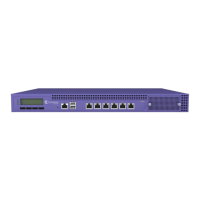Table 25: Advanced Radio Settings (continued)
Field Description
DTIM When any single wireless client associated with an access point has
802.11 power-save mode enabled, the access point buers all multicast
frames and sends them only after the next DTIM (Delivery Trac
Indication Message) beacon, which may be every one, two, or three
beacons (referred to as the “DTIM interval”).
OCS Interval (DTIMs)
Note: Supported on AP5xx models only.
DTIM interval must be between 2-100.
•
R1 5G-L — 5.15-5.35GHz
•
R2 5G-H — 5.5-5.925GHz
•
R2 5G-F — 5.15-5.925GHz
•
R1 2G-F —Channel 1 to 13 (Channel 14 for Japan)
Related Links
Adding or Editing a Configuration Profile on page 68
Advanced AP Settings on page 110
AirDefense Profile Settings
The AP integrates with the Extreme AirDefense (AirDefense), oering an additional profile option that
allows the AP to function as an AirDefense sensor or to act as a sensor and retain the ability to forward
trac.
When the AP is configured with an AirDefense dedicated sensor profile, the functionality of the AP is
controlled by the AirDefense server. When the AP is configured as a AirDefense Radio Share profile, it
continues to forward trac while sending packets to an AirDefense server. To ensure rate performance,
an AP configured with a Radio Share profile does not forward its own Tx/Rx data to the ADSP server.
The AP5xx supports Radio Share and OCS. You have the option to scan neighboring channels in
addition to the operating channel.
1 Configure the following settings:
Table 26: AirDefense Profile Settings
Field Description
Name Name of AirDefense profile.
Add Server IP Address The IP address of the AirDefense servers. Provide the FQDN or IPv4
string, maximum 255 characters.
Enter the IP address, then click . The IP address is added to the Server
IP Addresses list.
Server IP Addresses
List of IP addresses for servers. Click to remove an IP address from the
list.
2 Click Save.
Related Links
Configure
ExtremeCloud Appliance User Guide for version 4.36.03 78

